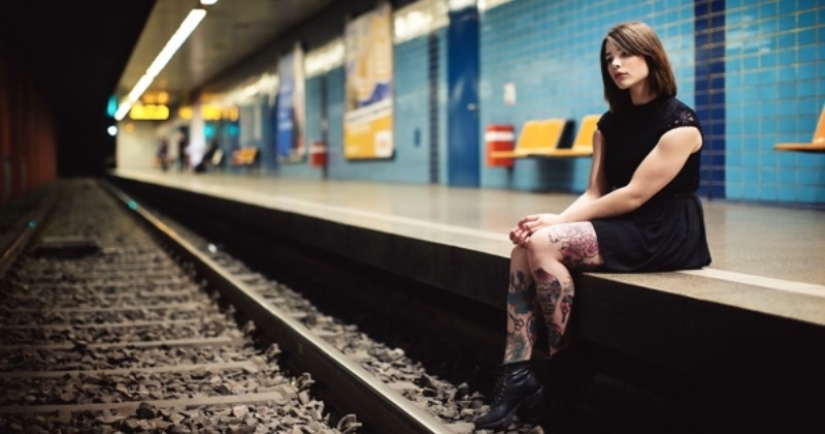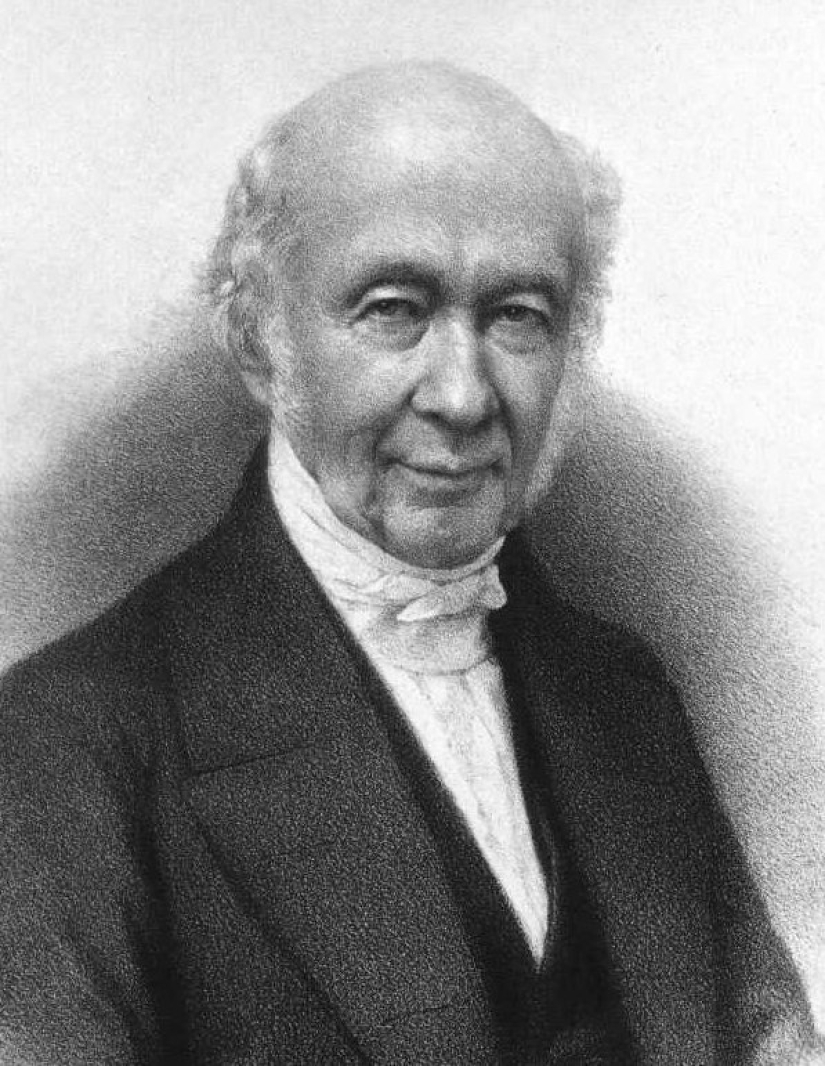Why does the subway smell so specifically and what is the danger of the source of this smell
Categories: Technology
By Pictolic https://pictolic.com/article/why-does-the-subway-smell-so-specifically-and-what-is-the-danger-of-the-source-of-this-smell.htmlThere are smells that we strongly associate with this or that phenomenon or place. One of the most recognizable "flavors" can be considered the one that hovers at metro stations. You can't confuse him with anything and there are people who even like him. So what does it smell like at our metro stations?

In the modern world, there are several technologies for laying railway tracks. Despite many innovations, sleepers are still used in our country. These elements of the tracks can be concrete and even polymer, but the most common sleepers are made of wood.
Sleepers after impregnation with creosote
It is known that the tree has two main enemies-humidity and biological factors, more precisely, fungi, bacteria and insects. It is quite damp in underground tunnels, so the service life of wooden products is small. To protect wooden sleepers from moisture, microorganisms and pests, they are impregnated with a special chemical composition — creosote.

Karl von Reichenbach
It is a colorless or yellowish oily liquid, flammable and toxic. Creosote is almost insoluble in water and has a sharp characteristic smell. It is made from coal or wood tar, using the distillation process. The substance was first obtained in 1830 by the German chemist and industrialist Karl von Reichenbach. By the way, he also received paraffin for the first time, which is now used in various fields of human activity.
For more than a hundred years, creosote has been used to impregnate wooden sleepers. The parts are treated with this liquid at the factory, during the manufacturing process. The substance has the property of preserving a strong smell for a long time, which is felt tens of meters away from steel highways, both underground and conventional, railway.
 Burns on the skin from falling liquid creosote
Burns on the skin from falling liquid creosote
Periodic replacement of worn sleepers with new ones, with fresh impregnation, makes the smell of creosote indestructible. For passengers and metro service personnel, this "ambre" does not pose a danger. But the workers of the shpalopropitochny shops are forced to use effective personal protective equipment.
Getting liquid creosote, which includes toxic phenols, on the skin and especially on the mucous membranes, is fraught with severe burns and even the appearance of cancer. Creosote vapors in a confined space are also dangerous. Because of this, it is strictly forbidden to use impregnated sleepers as a building material, although this point is often neglected.
Keywords: Wood | Railway | Smell | Subway | Burn
Post News ArticleRecent articles

Much has been said and written about the secret affairs of the 35th US President John Kennedy. The most famous is his affair with ...

We present you a small tour of the most famous monuments of dead geniuses. --> Grave of Oscar Wilde in the cemetery of ...
Related articles

A real artist can create even from garbage — not to mention, for example, wooden pegs: we have made for you a selection of art ...

At the end of the XIX century on the "roof of Europe", in the Alps, became like mushrooms after the rain appeared the mountain ...

Christmas tree — is an attribute without which the holidays simply impossible. Despite the fact that synthetic trees every ...

The scientific names of animals often mislead us. And appearances can often be deceiving. An inhabitant of the jungles of South ...